First, the obvious — soft sided luggage only, and as lightweight as possible. It may pay to buy cheap cheap luggage from WalMart or wherever and abandon it or donate it to a local once it makes the trek. Or the reverse … Rubbermaid makes something called “Action Packers” — a lockable rubber storage box. It’s not light but it’s durable and cruisers use them often and like them for rental “bodegas (i.e. storage units) at foreign marinas. They’re usually valued and can be sold at nautical flea markets to other cruisers. If you use them, you may pay a bit more for luggage charges on airlines, but your stuff will have a protected case when it arrives. Also easy to carry – one person at each handle by yourselves for luggage — always a consideration when proceeding to customs in foreign airports.
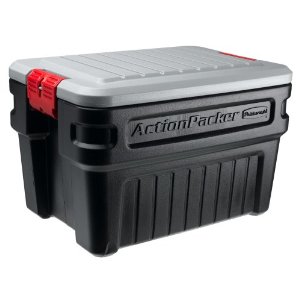
Other than that:
1. Identification. Be SURE to put identification INSIDE all your bags, not just luggage ID tags which are easily torn off. Inside ID can save your stuff. When you leave ID inside your bags make sure it’s something that will get to you… not US phone numbers that you won’t get the message until after you return to the USA. E-mail addresses are good. And it’s good to include the marina name, address and phone number for local contact. You don’t want to lose a bag full of valuable boat parts when you’re traveling to return to your boat.
2. Check the airlines rules — go to the website and search for luggage, make sure you know the dimensions and weight restrictions for baggage. This includes the extra bag or overweight charges. And IF you have connecting flights to somewhere else in the country, but sure you know their requirements as well. When we were flying into Panama City (as in Panama, not in Florida), we would take a cab all the way to Ft Sherman to Shelter Bay Marina, but that’s not possible when we were flying to Bocas Del Toro – we’d have to fly into the Tocumen International Airport, get a cab to take us and our bunches of boat stuff to a hotel (usually Hotel Marparaiso), then catch a cab the following morning to Albrook Airport, the local airport (next door to a really good mall if you have extra time) for the commuter flight to Bocas Del Toro. At the time our international flights had a 50 pound luggage limit, so we were OK, but the commuter airlines had a limit of half … 25 pounds. YIKES! I was sure they were going to charge us an arm and a leg, and not guarantee what flight the excess luggage might ever arrive in Bocas by, but it all worked out, the flight was light enough that our stuff got to fly with us. But it’s often not that way, so be sure to understand the restrictions by ALL your airlines, not just the international flight.
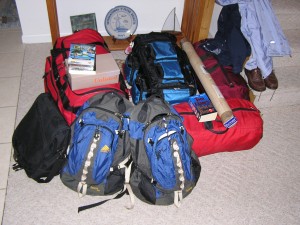
3. Be sure to WEIGH your bags. Lots of cruisers these days are buying the little luggage scales that also have a built in tape measure to measure dimensions. On the US end, we take our loaded bags a couple days early to our local boat builder who happens to have a more professional scale and will happily let us know that one bag is overweight and one bag underweight and any other nuances. Then we can transfer stuff from one bag to the other until they weight/measure in. Believe me, this SURE beats holding up the line while dozens of people are staring angrily at you as if to say “HURRY UP DUFUS! WE NEED TO CATCH A FLIGHT!”. And if you happen to be in an airport other than in the U.S. and have to transfer stuff from bag to bag to meet the requirements, the stares are worse — instead of HURRY UP DUFUS, they’re all in a language you don’t have a clue … or maybe like me, I understood enough Spanish to know they were less than happy, but I wasn’t exactly clear on what they were threatening to do if we didn’t hurry up. This is when one of the little portable luggage scales would have been very useful. Avoid the embarrassment and ticked off Guatemalans by making sure ahead of time that your bags meet the requirements.
4. Check with the airlines to make sure what you’re packing is “flyable”. For instance, we knew we couldn’t bring dive tanks or flares in our luggage. But there are other less obvious problem creators … such as JB Weld, never occurred to us. And sometimes it seems to be arbitrary and up to whoever’s checking your bags which is unfortunate. Click here to download the TSA Prohibited Items Brochure, a concise helpful PDF brochure that easily defines prohibited items, both as carry on and checked luggage.
5. Be sure to analyze what you’re taking and prioritize necessities vs niceties. One of the biggest space consumers for us was boat parts and books. While boat parts are essentials, books can be limited. These days, I limit books to 4-5 rather than the 12-15 that I’ve been known to pack in the past. We’ve always been able to trade books with other cruisers or from cruising book exchanges at bars, laundrymats, marinas, lots of places where cruisers shop or frequent have book exchanges. There are also used book shops in major re-provisioning areas and there’s usually at least a small section in English. We find that we read a wider variety this way, some of it maybe we don’t care for, but we’ve also discovered new favorite authors this way! We also keep reference books for fish, reef fish, coral, stars, weather, birds, plants, animals – you name it, if we might be curious about it, we have a reference book for it.
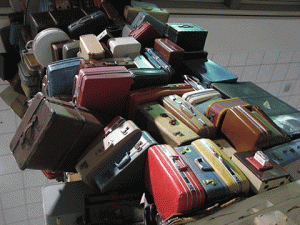 Another space saving boon for cruisers may be Amazon’s Kindle, and other electronic book readers that store dozens if not hundreds of books in a single slim-line device. It remains to be seen how these catch on, but apparently there are alot of people who don’t mind reading from a device as opposed to turning pages the old fashioned way. So far I’m still the old fashioned type.
Another space saving boon for cruisers may be Amazon’s Kindle, and other electronic book readers that store dozens if not hundreds of books in a single slim-line device. It remains to be seen how these catch on, but apparently there are alot of people who don’t mind reading from a device as opposed to turning pages the old fashioned way. So far I’m still the old fashioned type.
6. Valuables. Carry on all valuables. And make sure that whatever you’re carrying on is small enough that they won’t ask you to check it if the plane is overloaded with carry-ons. Now that everyone is trying to carry on everything to avoid the excessive luggage charges, more and more flights are resulting in carryon luggage being checked after you’re on the flight. The last thing you want is to be arguing with a flight attendant that she can’t take your XYZ bag (because you don’t want to be out of the sight of your cruise cash or jewelry or computer or whatever).
7. Meds. Be SURE to have all your meds in something that will stay with you on the plane, no matter what. And at the same time, have copies of the written prescriptions so if there’s any question about the drugs when travelling, you have authorization. You never want to let your meds travel outside of your sight.
Any other recommendations for those of us flying back to our boats? We haven’t done it for a couple of years, any other tips and tricks? Please leave a comment and let us know! THX! J
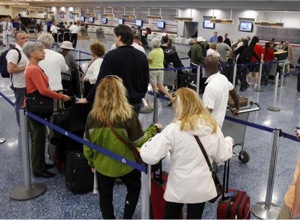
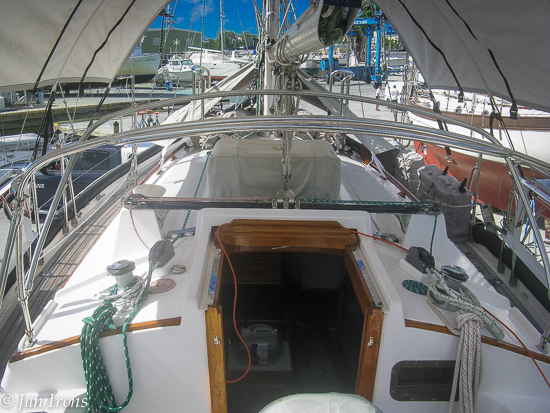
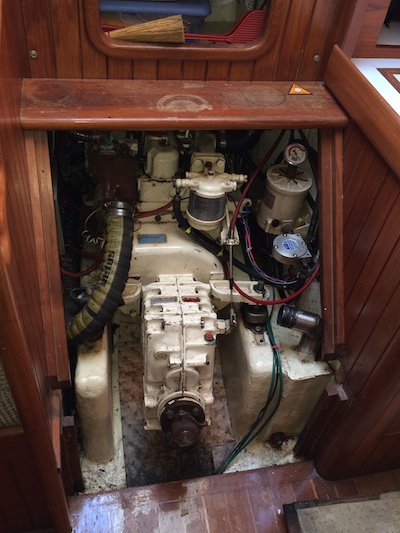
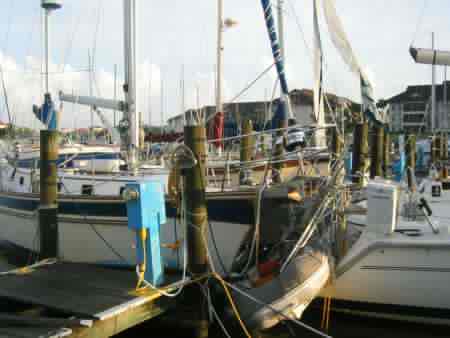







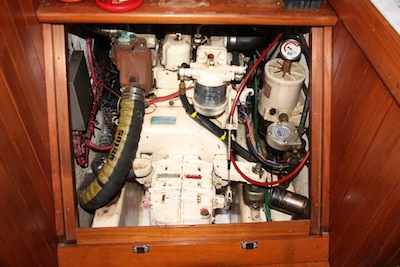

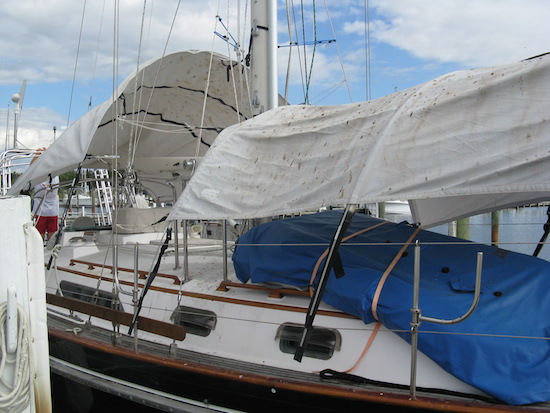
The Action Packers are great – but I’ve found that they attract more attention from customs officials than duffel bags seem to do. In addition to identification, I put my printed baggage inventory in each bag or case and have the destination country’s customs regulation handy. Mexico, for instance, allows a good deal of what you may need for your boat. A patient and polite attitude will get you through most customs ‘red light’ interventions. My most interesting piece of baggage was a 70# Delta Anchor that went astray and visited 5 US airports en route to eventually rejoining me in La Ceiba, Honduras.
What an interesting visual — a 70# delta “cruising” 5 US airports! 🙂 Our most interesting piece of baggage was the below decks autopilot – the big hydraulic “arm” was housed in a wooden crate. We duck-taped a screwdriver to the outside of the crate and labeled it appropriately, but still by the time it got to the Albrook Airport in Panama for the commuter flight to Bocas Del Toro, the screwdriver was MIA and officials had a very difficult time deciding if it was safe to put on the plane. Thank goodness by then my limited Spanish was a bit less limited and I did manage to talk the crate onto the plane. Then in Bocas they didn’t want to let it in because they were convinced it had gas in it? Huh? Not even hydraulic fluid yet!
A friend flew in with a new roller furling — packaged in a fishing rod type container. We thought that was innovative and it worked fine. They flew in to Guate City though and it was somewhat easier.